The Solar Energy Technologies Office’s Solar Blog features stories about the office, its awardees, and its work. Learn more.
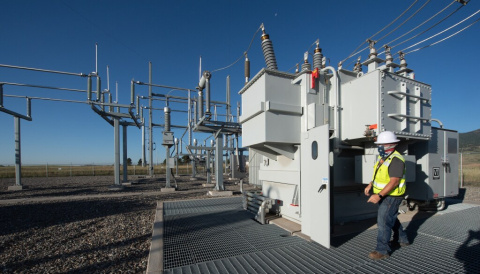
The critical role that interconnection plays in enabling the clean energy transition is why the U.S. Department of Energy established i2x to identify and develop solutions that make interconnection fairer, faster, and simpler.
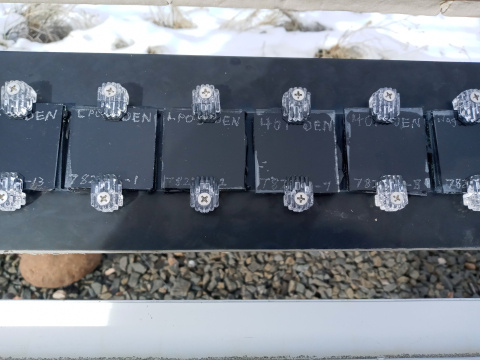
Solar panels need to withstand the elements to keep producing power for decades, and water is one of a solar module’s trickiest foes. Using clever measurement and modeling methods, researchers are optimizing the way we seal solar modules to keep water out

To make agrivoltaics a widely available option for developers in the U.S., questions about cost, liability and other business, legal and regulatory issues need to be addressed.
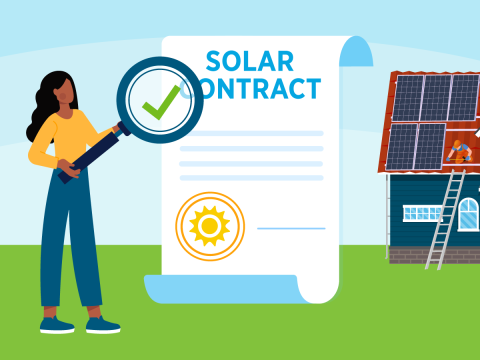
As millions of Americans decide to power their homes with solar energy and take advantage of its numerous benefits, consumers should be on the lookout for warning signs of scams.
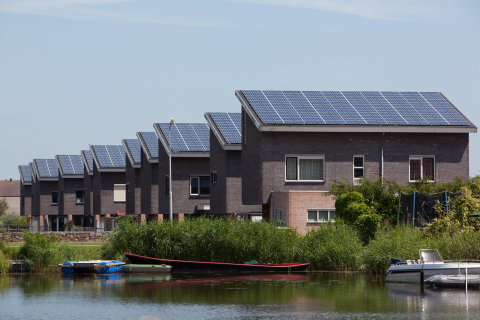
The amount of solar connected to the grid has grown exponentially in the past several years, and with all of this interest and so much information available, let’s take a moment to highlight their benefits.

SETO is Connecting the Dots on Solar Energy: making connections between solar energy investments and their enduring, long-term benefits and offer a resource hub so that the public can learn about how solar will positively impact our country's future.
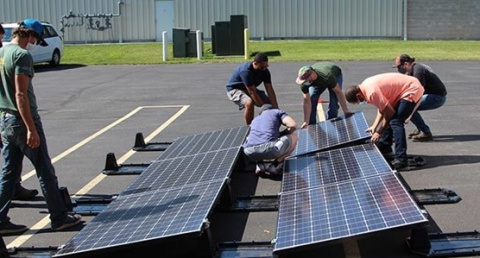
The Midwest Renewable Energy Association developed programs to grow Wisconsin’s solar workforce capacity and replicated their successful programs in surrounding states.
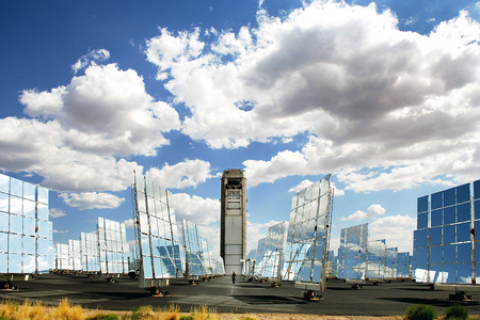
Ceramic particles may be the key to making concentrating solar-thermal power (CSP) plants more efficient.
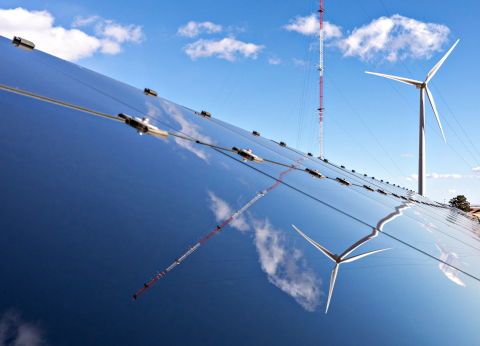
A new study from Lawrence Berkeley National Laboratory published in the journal iScience uses a new methodology to predict patterns for utility-scale wind and solar energy costs and concludes that they will progressively decline in the coming years.
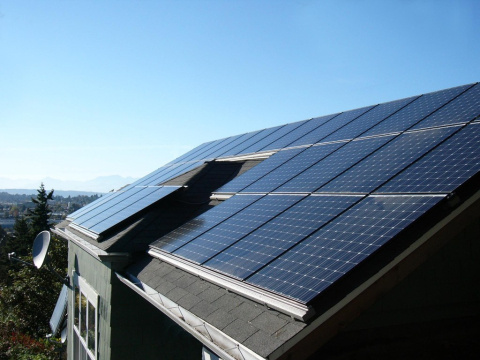
DOE launched the SolarAPP+ Prize to encourage local governments to adopt SolarAPP+ and ease the permitting process for residential solar.
Subscribe to the Solar Energy Technologies Office Newsletter

